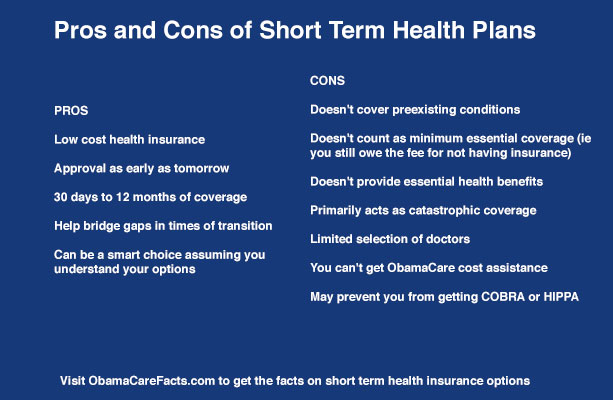The Single Strategy To Use For Medicare Advantage Agent
The Single Strategy To Use For Medicare Advantage Agent
Blog Article
Getting The Medicare Advantage Agent To Work
Table of ContentsSee This Report on Medicare Advantage AgentHow Medicare Advantage Agent can Save You Time, Stress, and Money.8 Simple Techniques For Medicare Advantage Agent

complies with from confusing the reasonably young age account of the uninsured with the far better health and wellness, on average, of younger individuals. This obscures the link between health status and wellness insurance coverage. For those without accessibility to work environment health insurance policy, poor wellness is a prospective obstacle to purchasing nongroup protection because such protection might be highly valued, exclude pre-existing conditions, or be merely not available. The variety of uninsured Americans is not particularly big and has actually not changed in the last few years. Seven out of ten respondents in a country wide depictive survey believed that less Americans did not have medical insurance than in fact do(Fronstin, 1998). Roughly fifty percent(47 percent )believed that the number of individuals without medical insurance lowered or remained consistent over the last half of the last years(Blendon et al., 1999). This decline of almost 2 million in the number of individuals 'without insurance (a reduction
of about 4 percent)is absolutely a favorable change. With a softer economic climate in 2000 the current reported gains in insurance policy coverage may not continue(Fronstin, 2001 ). The decrease in the variety of without insurance will not proceed if the economic situation remains slow and wellness care costs remain to outpace rising cost of living. This is because the data were collected for a period of strong economic efficiency. Of the approximated 42 million individuals that were uninsured, just about about 420,000(regarding 1 percent)were under 65 years of age, the age at which most Americans come to be eligible for Medicare; 32 million were adults between ages 18 and 65, about 19 percent of all adults in this age; and 10 million were children under 18 years old, concerning 13.9 percent of all youngsters (Mills, 2000). These price quotes of the variety of individuals without insurance are produced from the yearly March Supplement to the Present Population Survey (CPS), performed by the Census Bureau. Unless or else noted, national estimates of people without medical insurance and percentages of the populace with various type of coverage are based upon the read this article CPS, the most widely used source of estimates of insurance policy coverage and uninsurance rates. These studies and the quotes they yield are defined briefly in Table B. 1 in Appendix B - Medicare Advantage Agent. These studies differ in dimension and tasting methods, the inquiries that are inquired about insurance coverage
The 5-Minute Rule for Medicare Advantage Agent
coverage, and the time duration over which insurance protection or uninsurance is measured(Lewis et al., 1998, Fronstin, 2000a ). Still, the CPS is specifically helpful due to the fact that it creates yearly quotes reasonably rapidly, reporting the previous year's insurance policy coverage approximates each September, and due to the fact that it is the basis for a regular collection of estimates for more than 20 years, permitting evaluation of trends in insurance coverage in time.

The Facts About Medicare Advantage Agent Uncovered
Over a three-year duration starting early in 1993, 72 million individuals, 29 percent of the U.S. population, were without coverage for at the very least one month. Within a single year(1994), 53 million individuals experienced at the very least a month without insurance coverage(Bennefield, 1998a). Six out of every 10 uninsured adults are themselves employed. this post Although functioning does improve the likelihood that a person and one's member of the family will certainly have insurance coverage, it is not a guarantee. Even participants of households with 2 full-time wage income earners have almost a one-in-ten possibility of being uninsured (9.1 percent without insurance rate)(Hoffman and Pohl, 2000 ). The connection between medical insurance and access to care is well established, as recorded later in this chapter. Although the partnership between medical insurance and health and wellness outcomes is neither direct neither easy, a substantial clinical and health and wellness solutions study literary works links wellness insurance policy protection
to improved access to care, much better quality, and enhanced individual and populace health condition. As an example, the 2nd report, on personal wellness end results for without insurance grownups, is represented by the innermost circle of the figure, while the 3rd report, on household wellness, encompasses the subjects of the second record yet stresses a different unit of evaluation, particularly, the family. The sixth record in the series will certainly offer details regarding techniques and campaigns undertaken in your area, statewide, or country wide to deal next page with the absence of insurance policy and its unfavorable impacts. Levels of evaluation for checking out the impacts of uninsurance. This discussion of health and wellness insurance policy coverage concentrates primarily on the united state population under age 65 due to the fact that practically all Americans 65 and older have Medicare or other public insurance coverage.
The independent and straight result of wellness
insurance coverage protection access accessibility health wellness is well establishedDeveloped For still others, health and wellness insurance policy alone does not make sure receipt of care due to the fact that of various other nonfinancial barriers, such as a lack of wellness care suppliers in their community, minimal access to transportation, illiteracy, or linguistic and social differences. An adjustment in insurance policy premium or terms, as well as modifications in income, health and wellness, marriage status, terms of work, or public plans, can set off a loss or gain of wellness insurance coverage.
Report this page